Tea does have a shelf life, influenced by factors such as temperature, humidity, light exposure, and packaging methods. Within a certain timeframe, if stored properly without causing food safety hazards, tea remains consumable, thanks to its very low moisture content (around 5%-6%). Moisture is a key factor in microbial growth (with a moisture content above 12% being more conducive to microbial growth). If tea is kept from becoming overly moist and moldy, it does not “expire” in the traditional sense.
However, the “best before” date for tea is more critical than its shelf life. Without mold, the focus for tea should be on its best before date, which refers to the period during which the tea`s flavor does not significantly deteriorate. Common signs of flavor deterioration include darkening of the leaves, diminished aroma, and the development of unpleasant tastes. If tea improves with age, like vintage tea, then the best before date is not an issue. Still, due to food regulations, tea, being a food product, should be labeled with a shelf life.
For preserving tea, it`s essential to avoid storing it in hot, humid places, and away from light. Simply put, keeping tea in the area where you enjoy your tea at home is most appropriate. It`s advisable to purchase tea in amounts that you can consume within half a year. Fermented teas or those that have been roasted are not as affected by storage conditions, as their flavors can improve over time without molding.
A final piece of advice is that if the smell of the tea makes you feel uncomfortable, regardless of whether it has gone bad, you should not drink it. This guideline helps ensure the tea you consume is not only safe but also enjoyable.
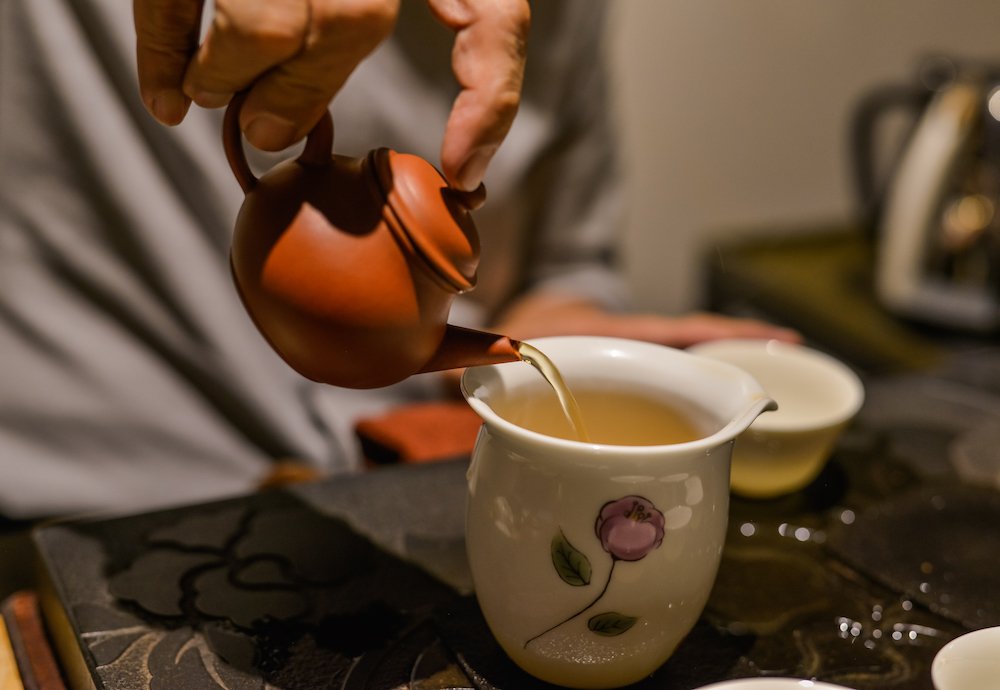


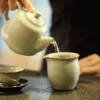
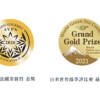
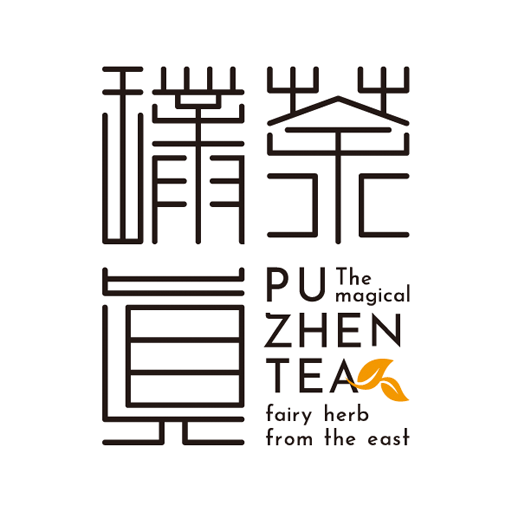
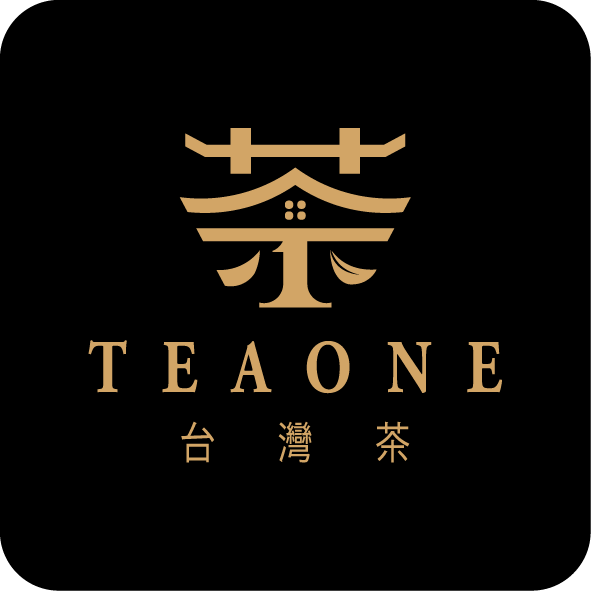
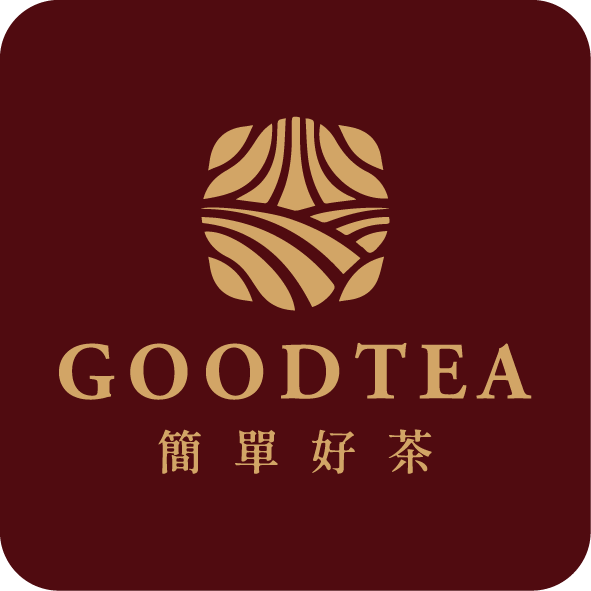
Leave a reply